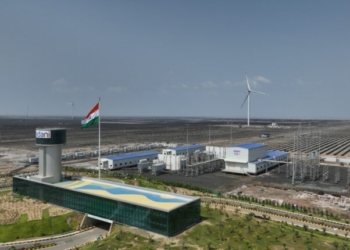Mumbai: There are signs of a revival of net exports as a lever of India’s growth as after the contraction in 2023- 24, outbound shipments from the country are undergoing an expansion in 2024-25 so far, according to the RBI’s monthly bulletin released on Monday.
Barring China, nine of the top 10 destinations accounting for about half of the total value of exports are recording growing demand, it said.
India’s export basket is also undergoing a shift towards electronics and engineering goods even as traditional products such as gems and jewellery, textiles, garments, leather products, and marine products are losing competitiveness, the report points out.
It states that business services that support operations such as consulting, engineering, research and design are rapidly becoming India’s export powerhouse, surpassing software and information technology. They also cover advertising, public relations, logistics, accounting, auditing, architectural, and legal services.
The rising demand for specialised services and the integration of services into manufacturing are forces driving this growth.
Global capability centres are setting the next steps in this export drive, including in the evolution of business and knowledge process outsourcing, the report adds.
The cumulative value of merchandise exports during April-July 2024 was $144.12 billion as compared to $138.39 billion during April-July 2023, registering a positive growth of 4.15 per cent, according to figures compiled by the Commerce Ministry.
Electronic goods exports, which include smartphones, increased by 37.31 per cent from $2.04 billion in July 2023 to $2.81 billion in July 2024. Engineering goods exports increased by 3.66 per cent from $8.72 billion in July 2023 to $9.04 billion in July 2024 while drugs and pharmaceuticals exports increased by 8.36 per cent to $2.31 billion during the month.
The RBI report further states that logistics are also improving as India’s ports and shipping are experiencing strategic infrastructure, technological advancements and transformation. In particular, port development is expanding cargo handling capacity and connectivity. RFID-based port access control is stepping up security and operational efficiency while public-private partnerships are helping to drive growth.
Of the 166 projects initiated at major ports under the Sagarmala scheme, 90 have been completed resulting in a capacity increase of over 230 million tonnes per annum. Access to 100 per cent foreign direct investment (FDI) and a 10-year tax holiday is also incentivising the development, maintenance and operation of ports, the RBI report adds.
(IANS)
















